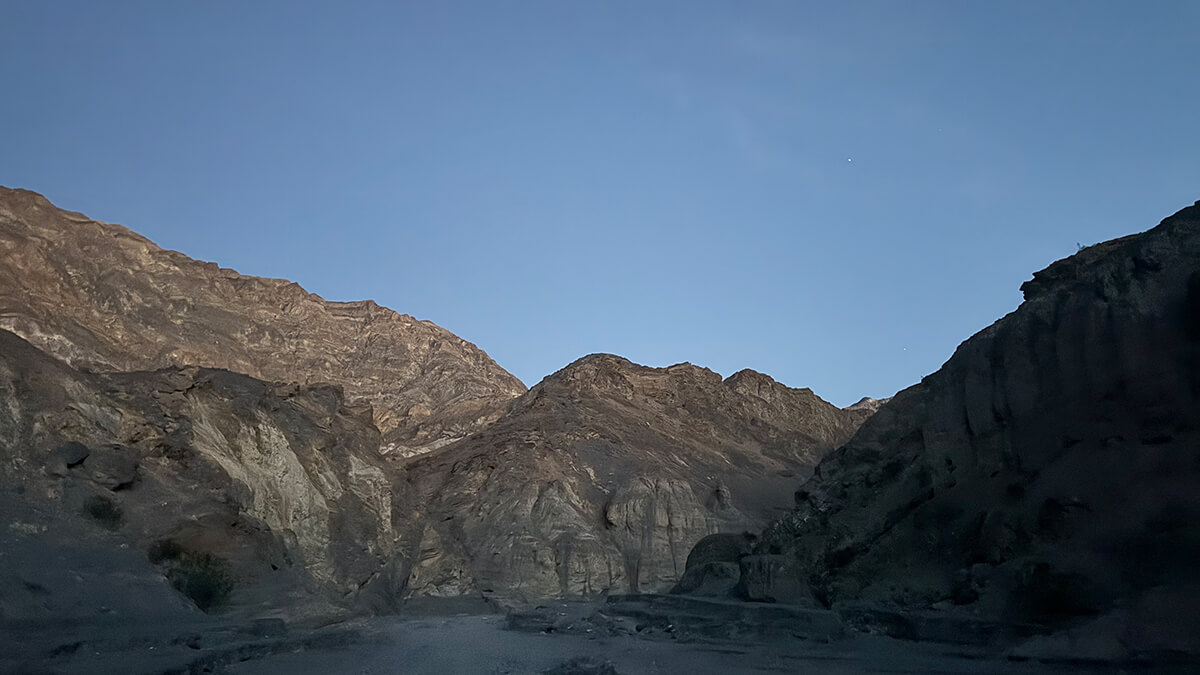
A short hike in the desert sparkling in the sunset. The third hiking course in the Death Valley area: Mosaic Canyon Trail [Can you die without walking? A trip to the US National Parks (46)]
Following on from last time, this is the third installment of Death Valley National Park, and this time we will introduce Mosaic Canyon Trail, a short hike through the desert sparkling in the sunset.
As the name suggests, this is a place where you can see mosaic-patterned rocks.
The rock fragments of various colors and shapes look like a mosaic, so the trail is named Mosaic Canyon Trail.
It is made up of rock fragments from different layers of the earth that have been mixed together and cemented together by natural cement to form a single rock.
We started hiking late that day, so the rocky mountains shining in the setting sun were very beautiful.
table of contents
Best time to hike in Death Valley (reposted)
- October - April: The temperature is relatively calm, allowing you to enjoy sightseeing and hiking comfortably.
- December to February (Winter): It's easy to spend around 20°C during the day, but there are differences in temperature during the mornings and evenings. It gets cold in the mornings and evenings, so you need to take measures to keep you warm and be careful about your outfits.
- March to April (Spring): Wildflowers bloom, especially in rainy years, making it a beautiful time for beautiful scenery.
*Please be careful as Death Valley from May to September (summer) is one of the world's hottest heat, with a very high risk of heat stroke, and sightseeing and hiking are dangerous. If you are hiking between March and May, we recommend early morning or evening. Avoid hiking in the summer here.
Mosaic Canyon Trail Information
What to bring
As before, make sure to prepare the same equipment as a typical American hike.
- Drinks (it's best to have a large 3 liters)
- Cold weather clothing that can adjust the temperature (wind-proof shells are useful)
- hat
- sunglasses
- Sunscreen
- Snacks and more for eating while hiking
- If you have a regular medicine, first aid such as medicine or band-aid
- Other things you prefer with your regular hiking equipment
Trail data
- Best season: October to April (this photo was taken in March)
- Distance: 4 miles (6.4 km) round trip
- Travel time: 2.5-3 hours round trip
- Difficulty: Beginner
- Trailhead elevation: approx. 272 m
- Elevation gain: 1,200 feet (366 m)
Access (car to the trailhead)
Mosaic Canyon Trailhead 92328 California
Location: To get to the trailhead, take the dirt road Mosaic Canyon Road (2.3 miles/3.7 km) from the main road.
It is located in Stovepipe Wells Village, opposite Stovepipe Wells Campground.
This road is gravel but sedan cars can also drive on it.
Start hiking from the trailhead
We arrived at the parking lot at 5:15, and since sunset that day was at 5:45, it would be dark in 30 minutes, but since the hike was short, we decided to set off as a sunset hike.
There were still a few cars in the parking lot.
As it was close to sunset, there was a unique silence as the night turned, and the desert and rocky mountains bathed in the setting sun were a beautiful sight.
First, start from the trailhead connected to the parking lot.
The side that is not in the sunlight is surrounded by rocks and it is already dark. Watch your step!
This is how we enter the rocky mountain from the trailhead.
It's a good idea to wear hiking shoes as the gravel path is difficult to walk on. Immediately after the trailhead, you'll be greeted by a smooth, winding narrow passage like this.
This type of landscape is common in other parts of the United States, including famous canyons such as Antelope Canyon, where flash floods occur frequently. These are sudden floods caused by torrential rain or sudden snowmelt. When large amounts of rain fall in a short period of time, the ground in dry areas such as deserts is unable to absorb the water, and the water flows out all at once. Flash floods usually occur within minutes to hours of rain, and can be extremely dangerous because the water level rises rapidly. There are few advance warning signs, and they can occur even when it is not raining, so it is important to check before walking in such areas.
The fast-flowing and destructive water has worn away the surrounding rocks, creating these smoothly curved rock walls.
The canyon's narrow passages are characterized by terrain smoothed and scrubbed by the raging waters, laden with rocks and gravel.
These places, which have been created over many years, are truly works of art by nature.
If you go further, you can see golden rocks shining in the setting sun in the distance.
As you make your way through the canyon, look for the Mosaic Canyon Breccia that gives the canyon its name. Breccia is a type of rock formation formed by natural cementation of small, angular fragments of various types of host rock.
How was Mosaic Breccia formed?
Crustal movement and erosion cause the original rocks to break down, and then earthquakes, fault movement, weathering, and other processes create rock fragments of various sizes.
Broken rock fragments are carried into the canyon by flowing water, and when heavy rain or flash floods occur, the broken rock is washed down to the bottom of the canyon and collects. Water containing minerals then seeps into the gaps in the rock, bonding it together, and the limestone and silicon dioxide contained in the water act as an adhesive, solidifying the rock fragments. This process has been repeated over and over, and the canyon has been formed.
The hardened rocks still retain the original rock fragments, creating a mosaic-like pattern, hence the trail's name.
If you go further in, you will come across an area called Boulder Jam, where huge rocks are piled up and look insurmountable.
You can turn back here, but if you want to go further, you can go through the gap on the left (east) side of this rock and continue further.
Further ahead you will come across narrow canyons like the Narrows, and there are difficult areas where you have to climb over rocky areas, but as you go further,
There's a dead-end sign made of pebbles, like this one. Eventually, we'll find ourselves completely blocked off by a 25-foot-tall, unclimbable drywall, so we instead take a trail that connects to the wall to the west (to the right). A well-established detour trail appears.
That's why dead end signs are made out of pebbles, as shown in this photo.
This trail continues up the canyon and then connects with the main route back up to the top of Dry Falls.
Going further into the canyon, you turn one final bend and emerge into a theatrical, spectacular landscape. This is the finish line.
At this point, it was already 6 o'clock after sunset, so it was getting quite dark, but it might have looked even more spectacular if there had been daylight. Normally, we would take a break here and head back, but I decided to head back right away.
The twilight hike was also wonderful, and it was a very pleasant hike watching the stars gradually appear as the night fell and the silence settled in. We finished by returning to the parking lot at 6:30pm.
There were no people around at that time, so we were able to enjoy a very quiet space surrounded by beautiful rock formations.
Additional information about Death Valley National Park entrance fees
In a normal national park, there is a park ranger at the entrance gate, and you pay the entrance fee there before entering the park. However, in Death Valley, there are no rangers on duty even after passing through the entrance gate, so you will need to pay the entrance fee in one of the following ways.
★Pay the Death Valley National Park entrance fee at the Furnace Creek Visitor Center inside the park.
★You can pay the entrance fee at kiosks located in various locations.
★Unmanned toll booths: There are unmanned toll booths along the main roads within the park, and you can pay the entrance fee at automatic ticket machines that accept credit cards.
It costs $30 per vehicle and is valid for seven days.
Display of admission proof:
The receipt and entry certificate you receive after payment must be displayed in a visible place, such as on the dashboard of your car.
The photo was taken at Furnace Creek Visitor Center in the morning in early March, but the temperature was already 23 degrees.
There is also a museum and a souvenir shop inside.
There are also accommodation facilities within the park.
Please come and visit California's desert park known as Death Valley.
Kato Sayaka
 Leave your California hiking and travel plans, including Yosemite National Park. Due to my father's influence, I have always loved outdoor activities, and since I was in Japan, I was captivated by the great nature of America and Canada, and as a result, I arrived at the United States, which I had longed for. We currently run ANAMI TOURS, which offers local optional tours that can be created with customers, including completely private hiking tours with Japanese guides. We will introduce you to some special options that you can find out because you are a local resident. If you are interested, please visit the website below.
Leave your California hiking and travel plans, including Yosemite National Park. Due to my father's influence, I have always loved outdoor activities, and since I was in Japan, I was captivated by the great nature of America and Canada, and as a result, I arrived at the United States, which I had longed for. We currently run ANAMI TOURS, which offers local optional tours that can be created with customers, including completely private hiking tours with Japanese guides. We will introduce you to some special options that you can find out because you are a local resident. If you are interested, please visit the website below.


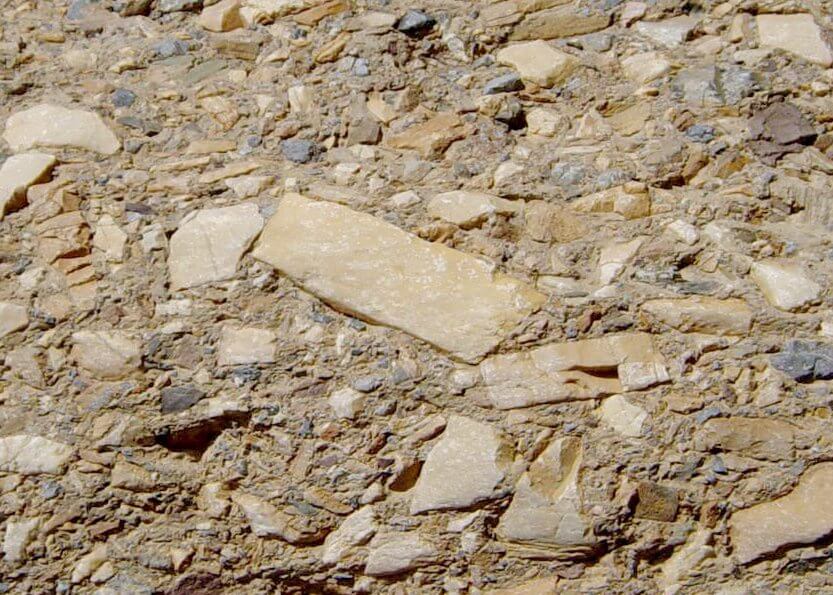

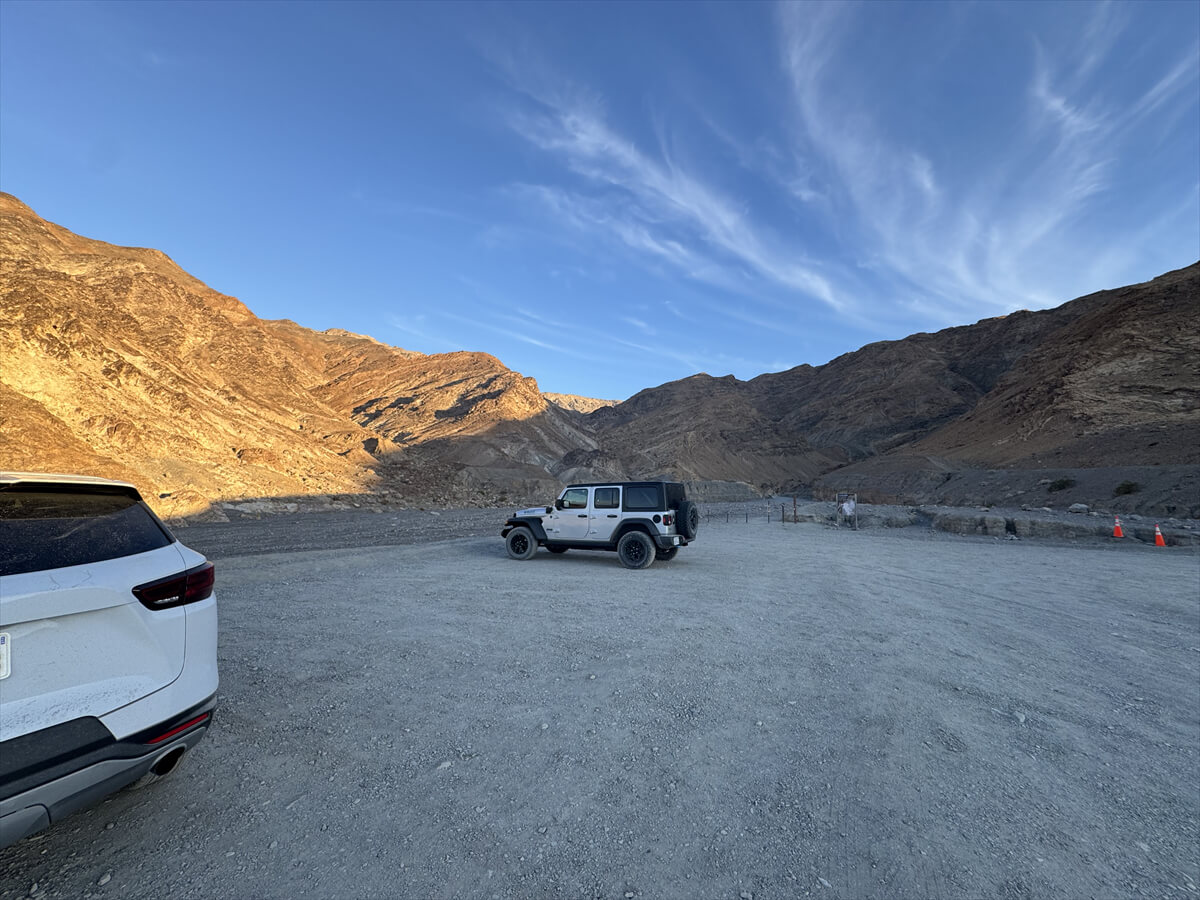


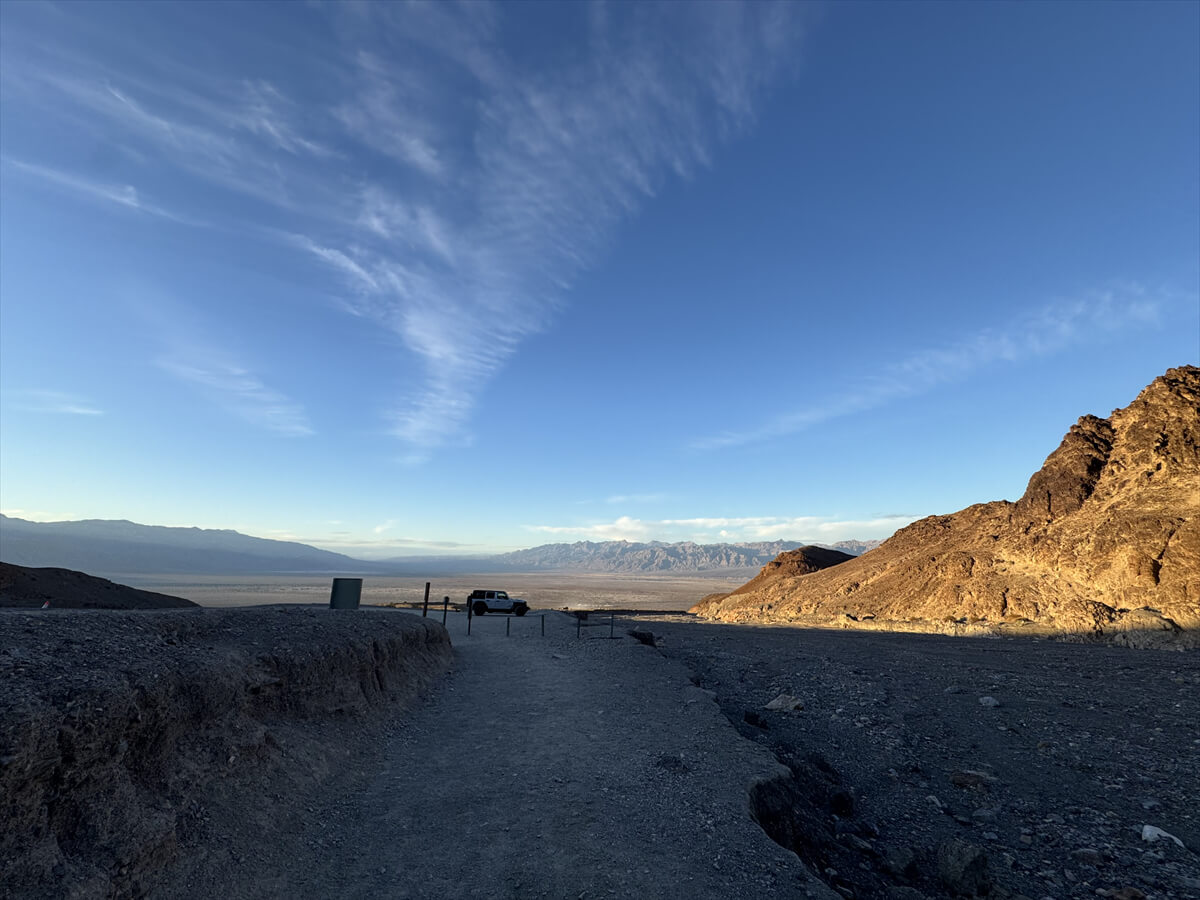
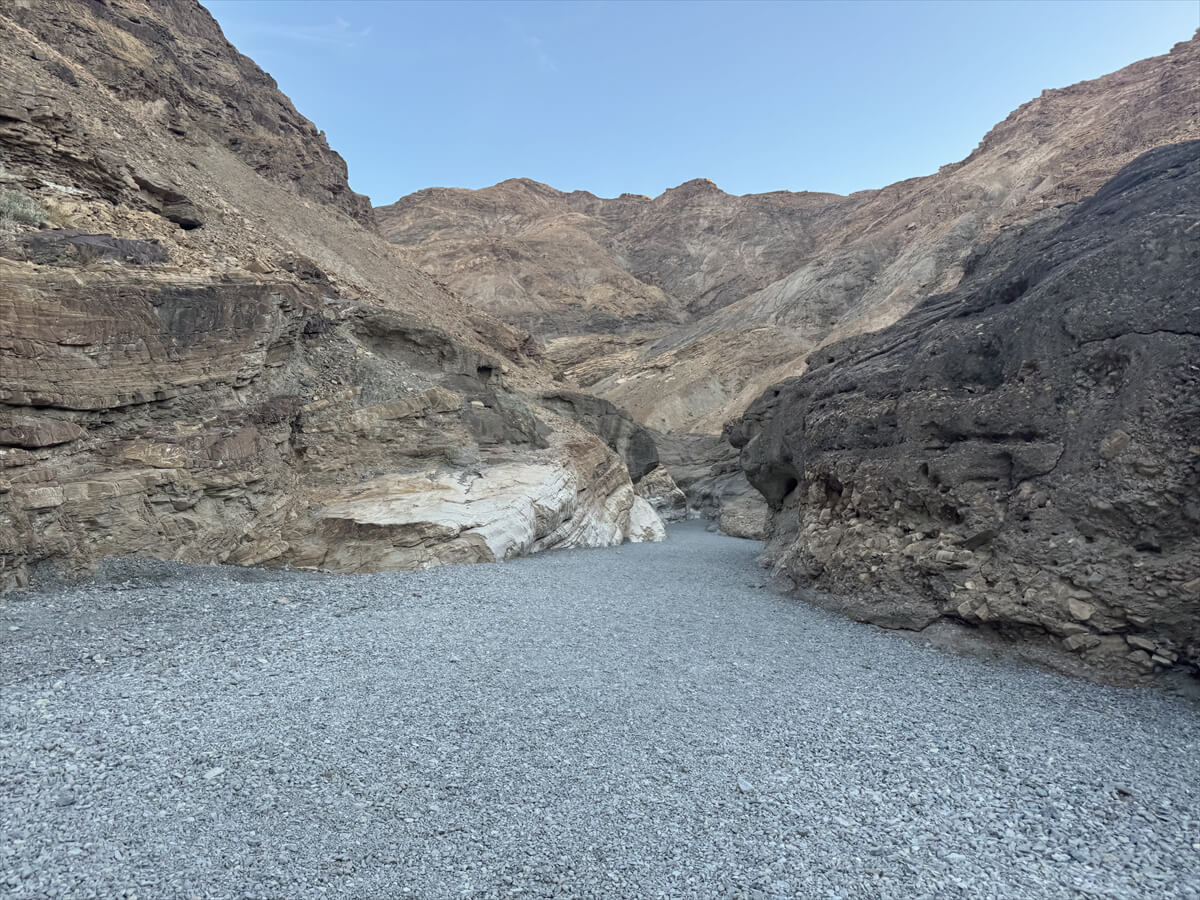

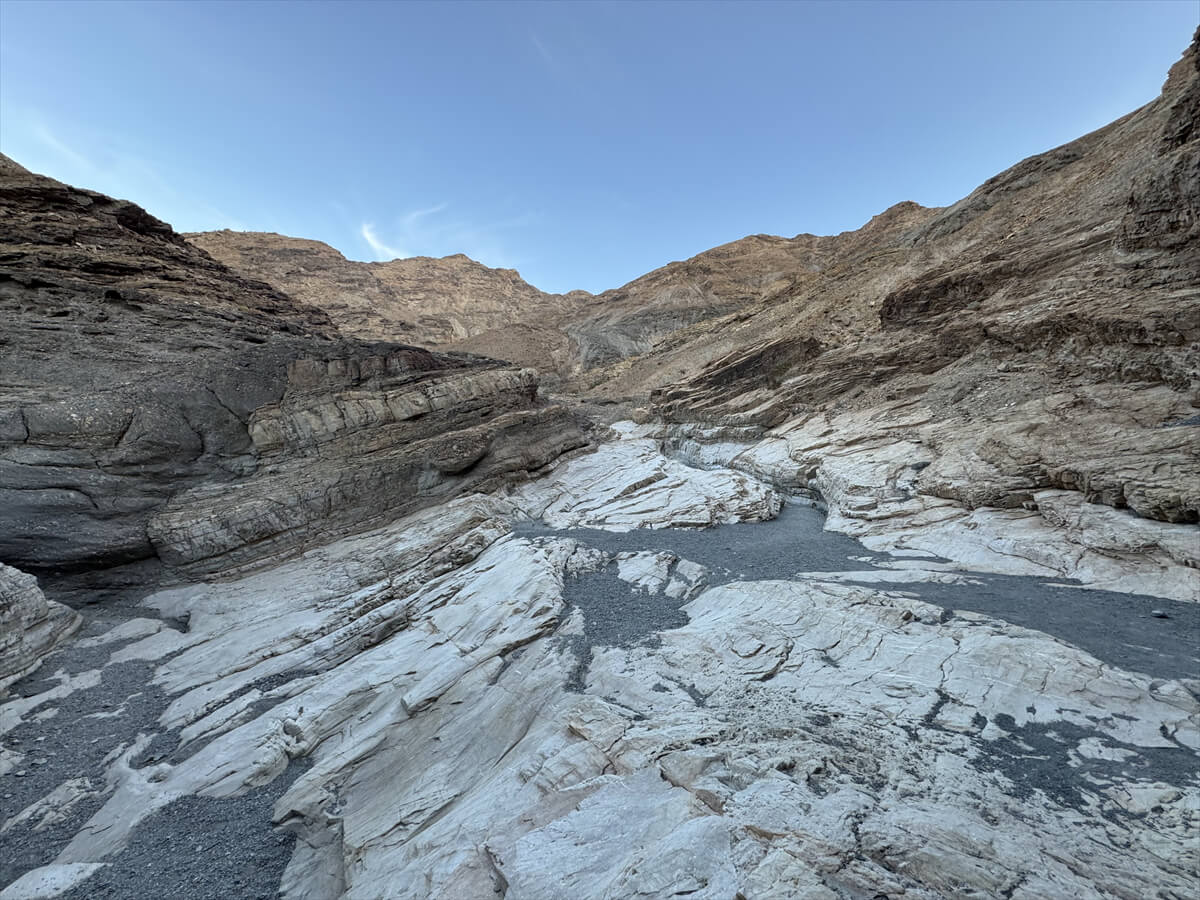


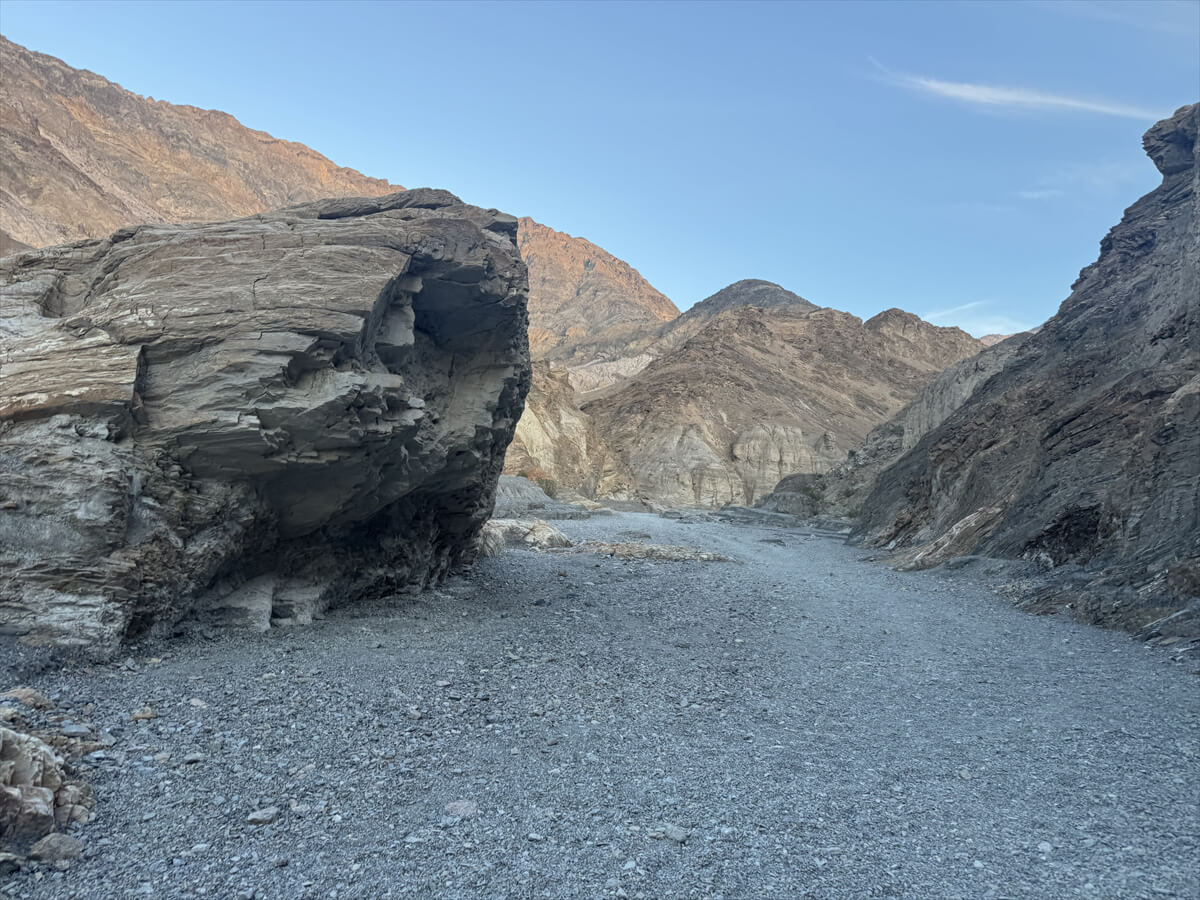
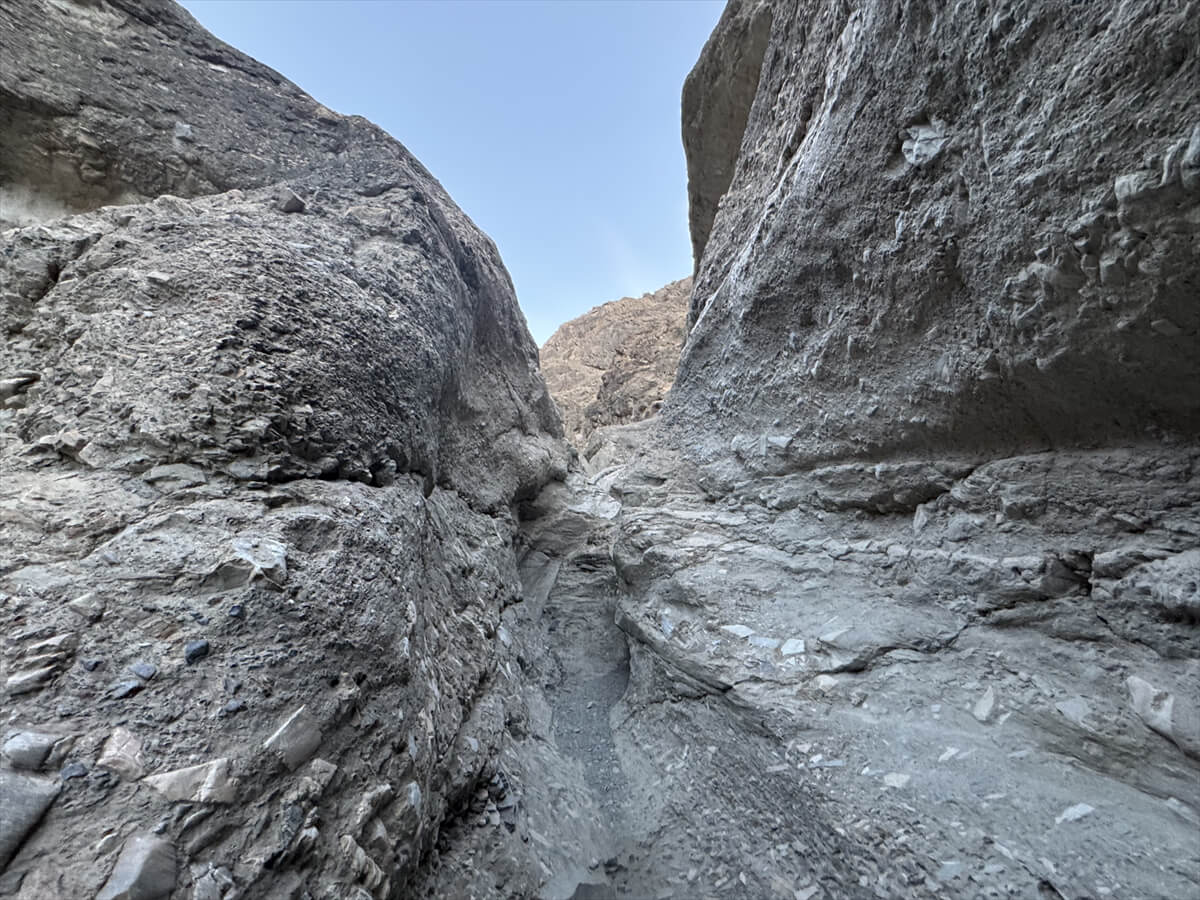


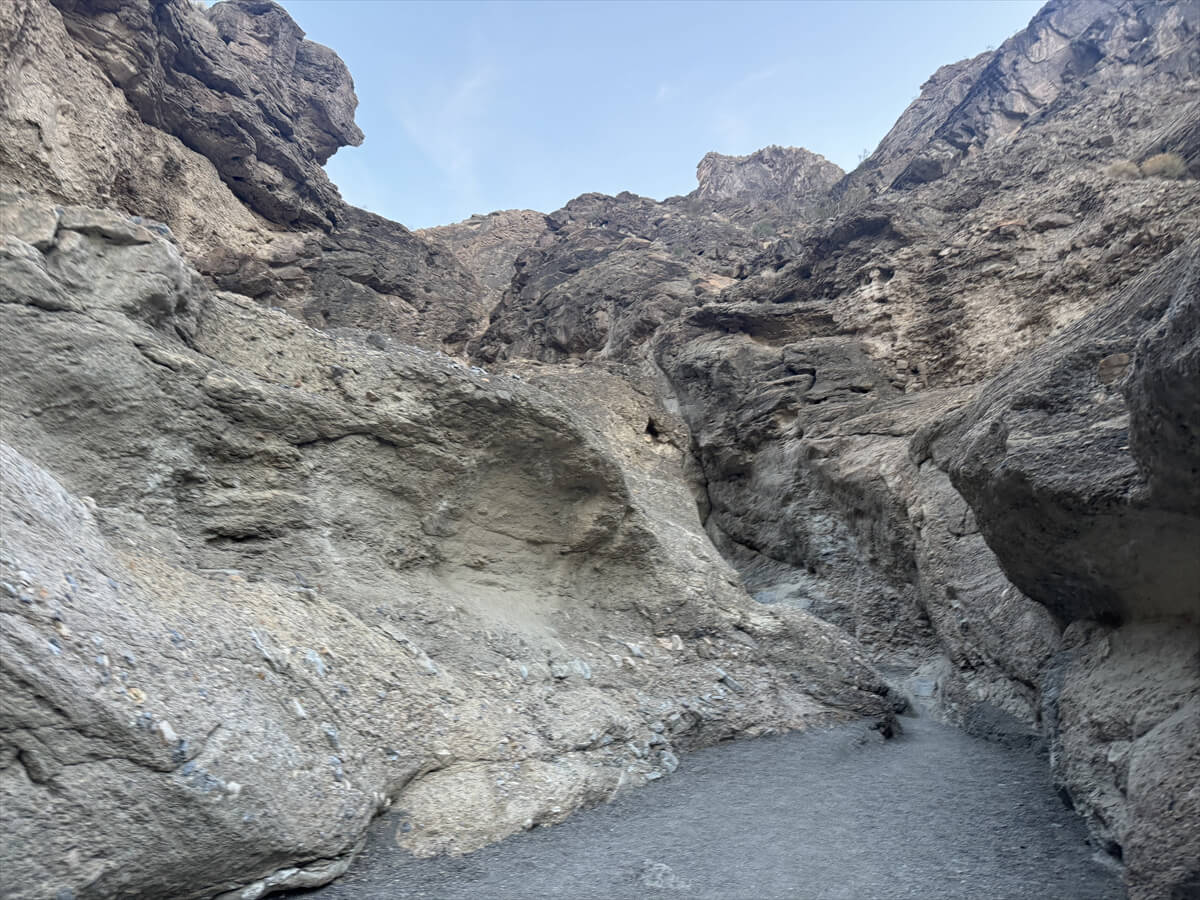
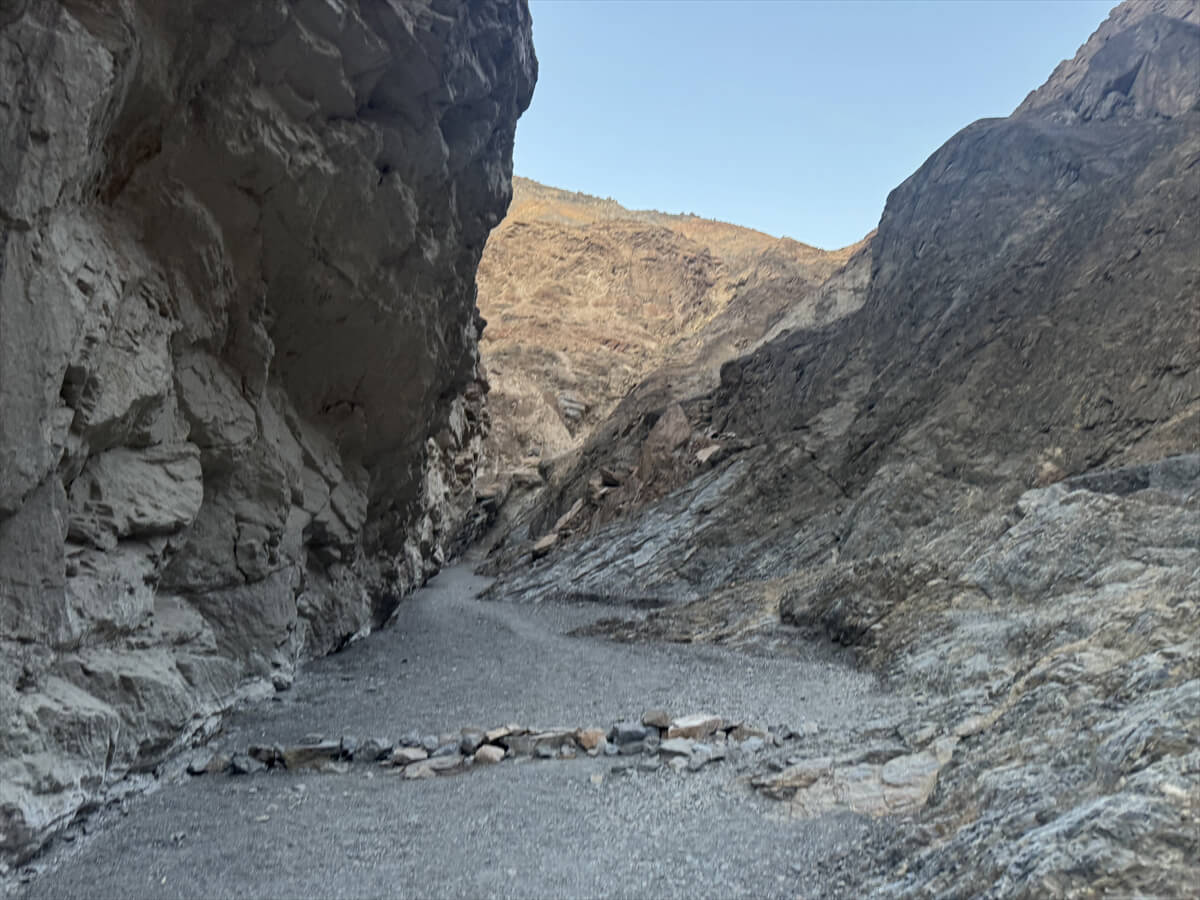
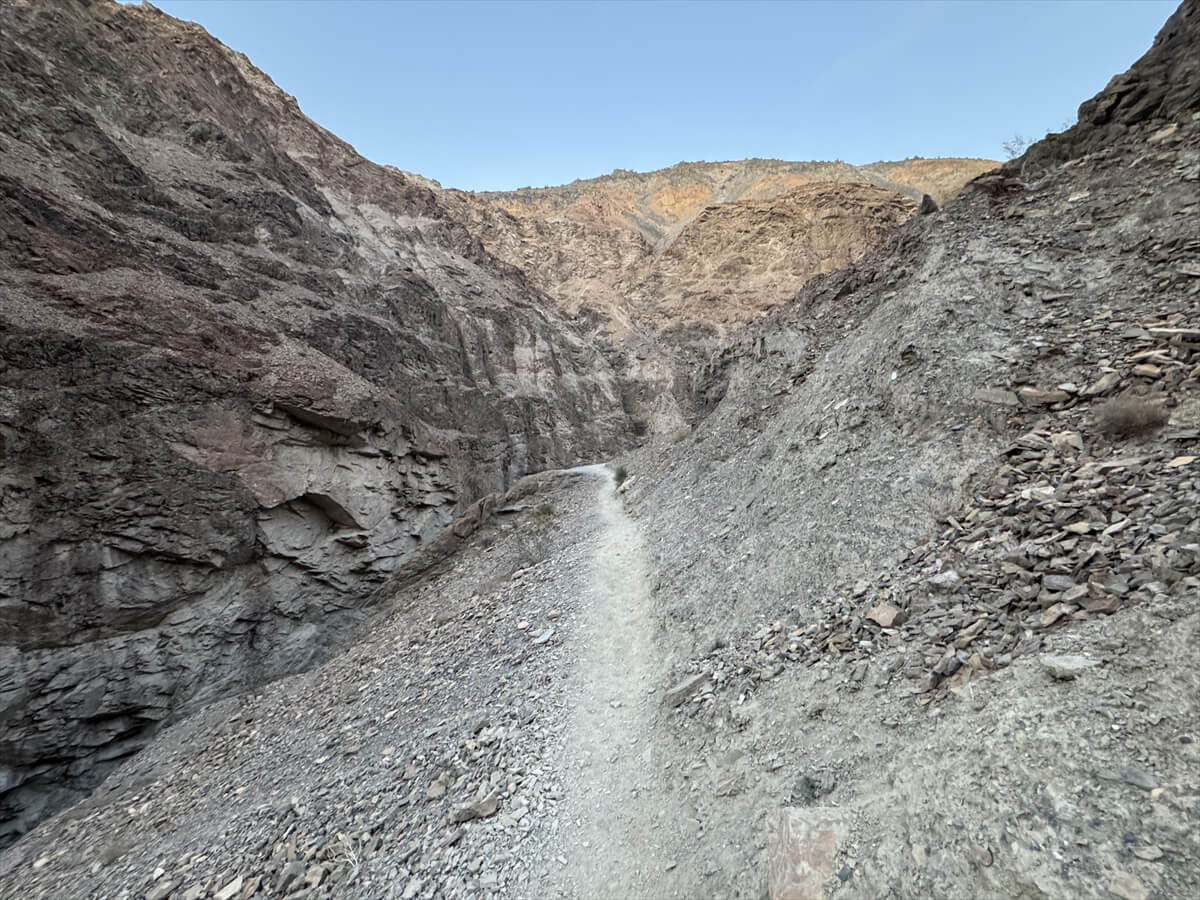
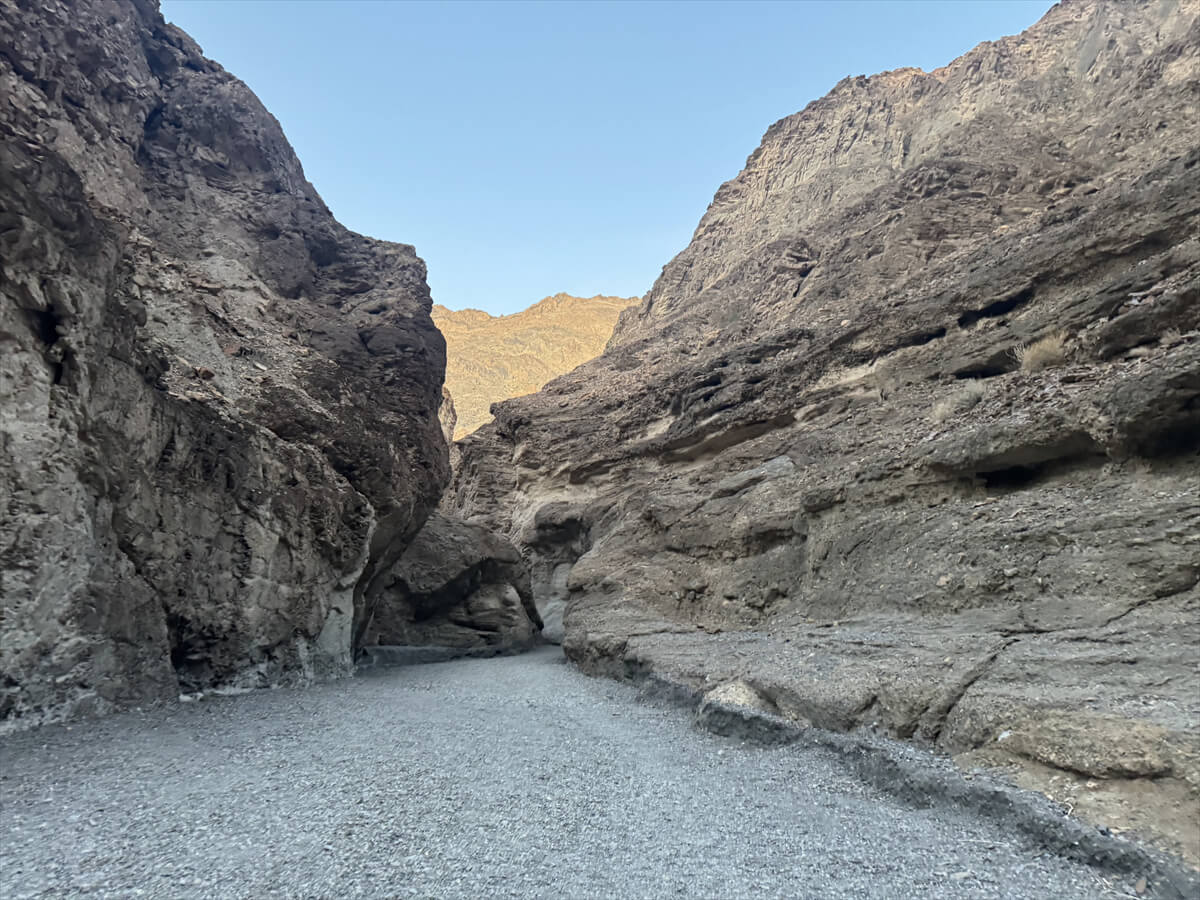
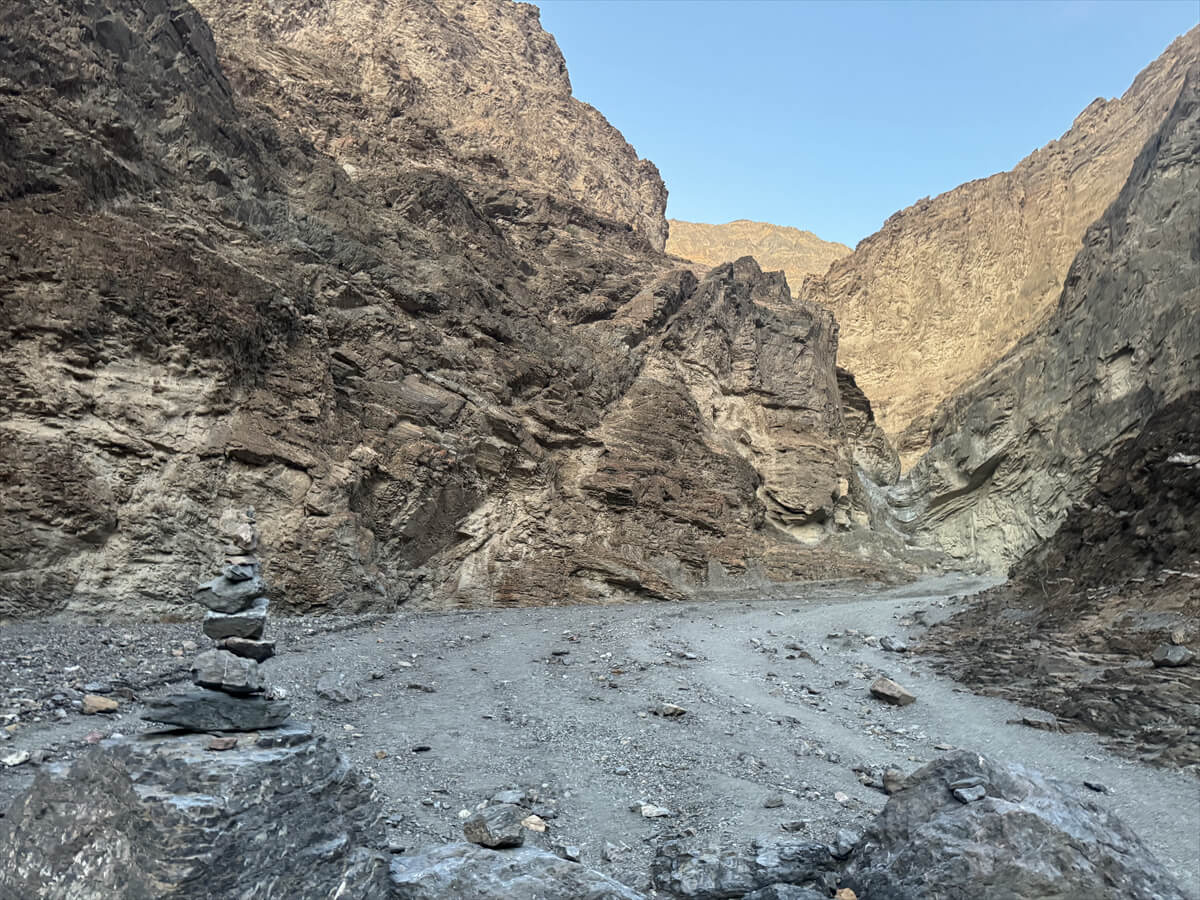


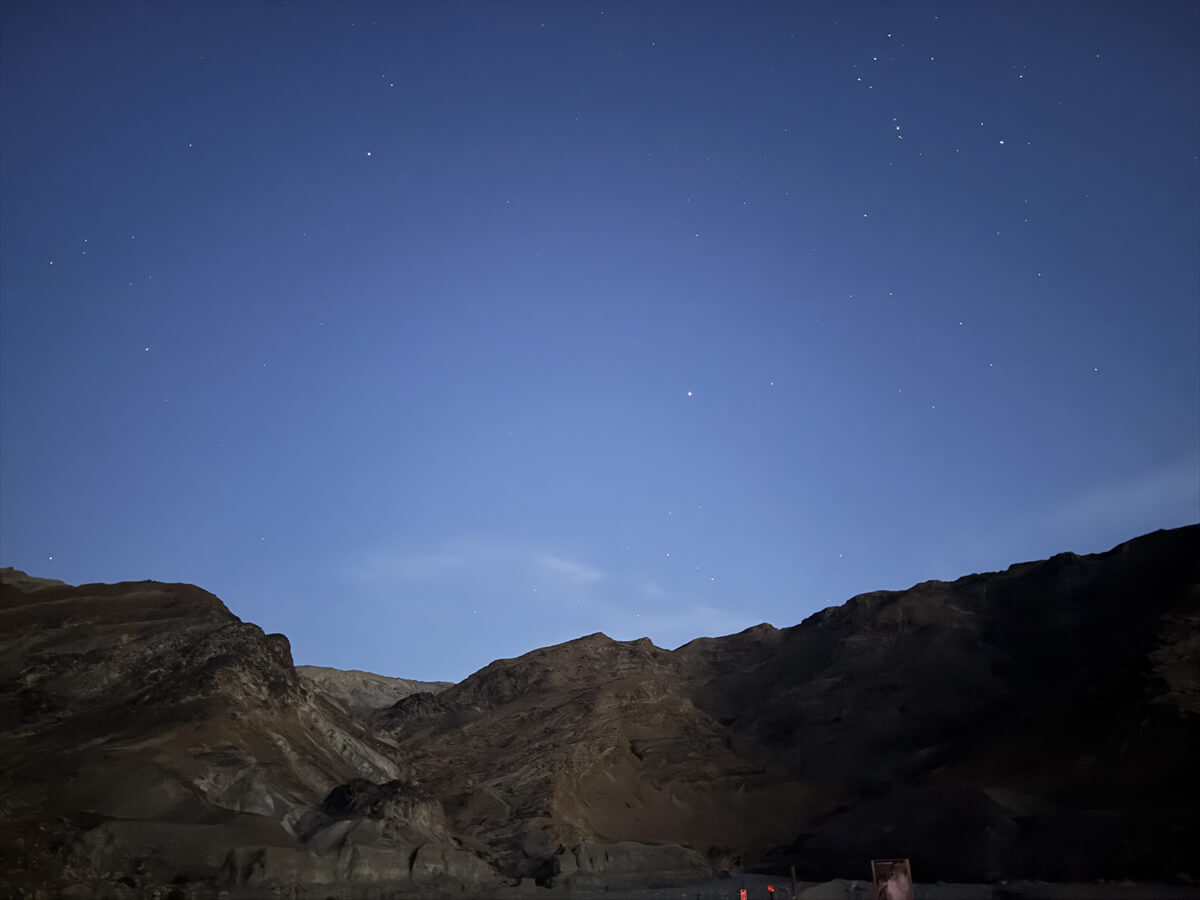
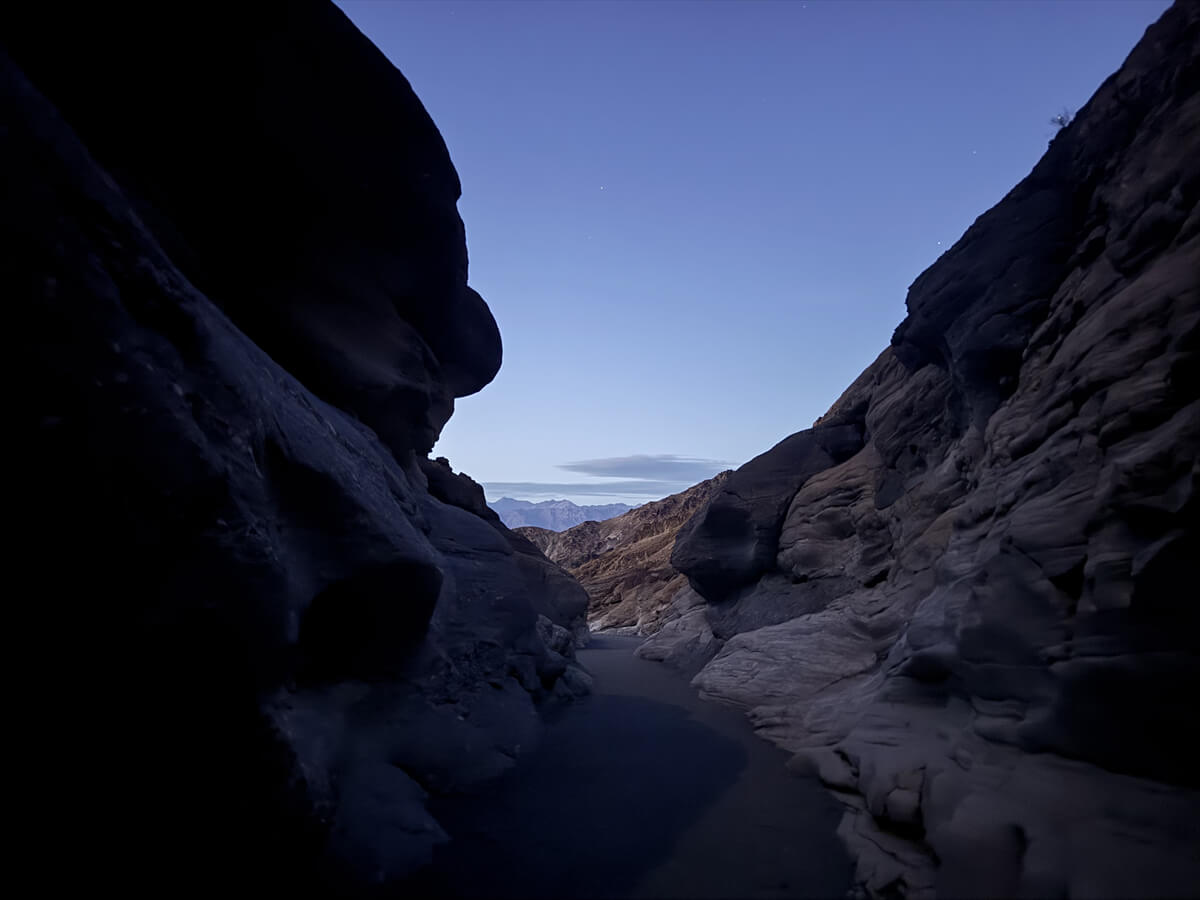
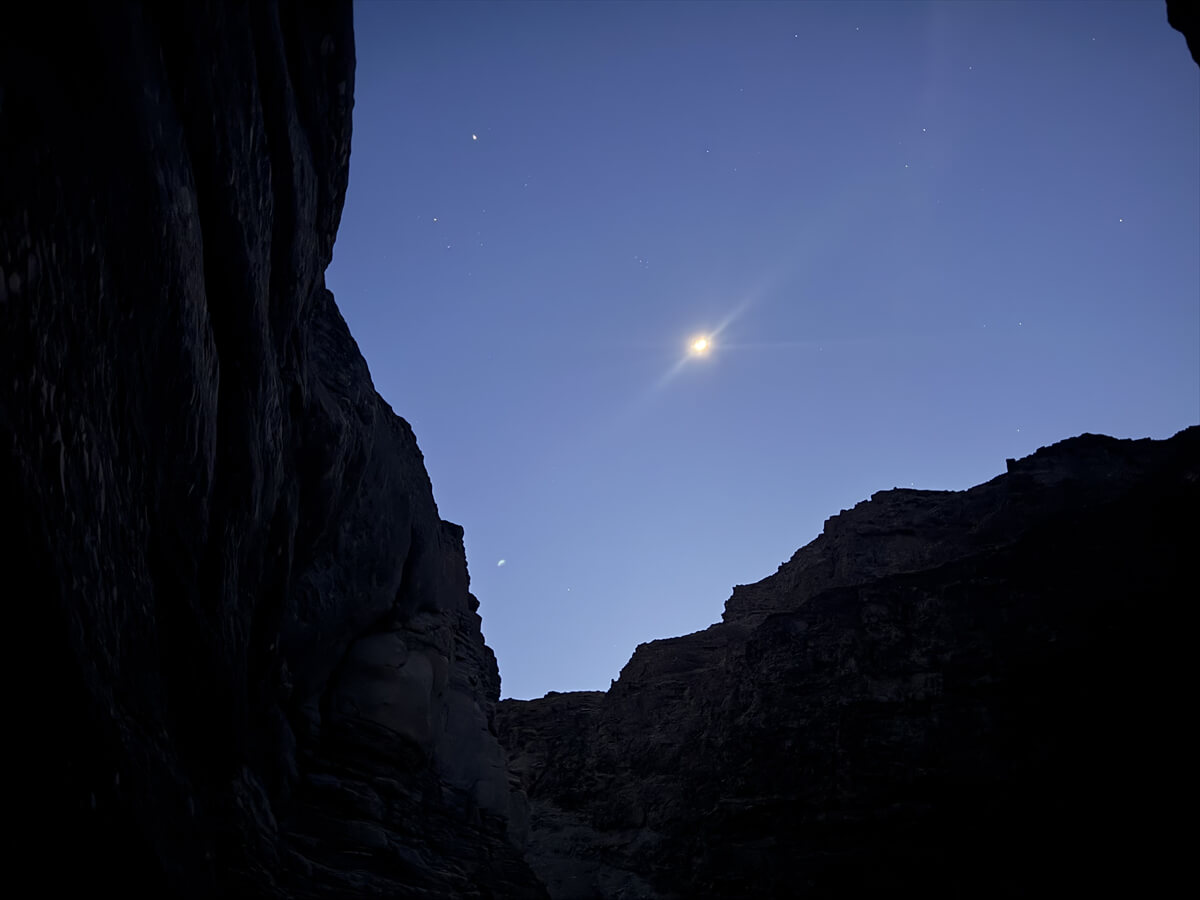

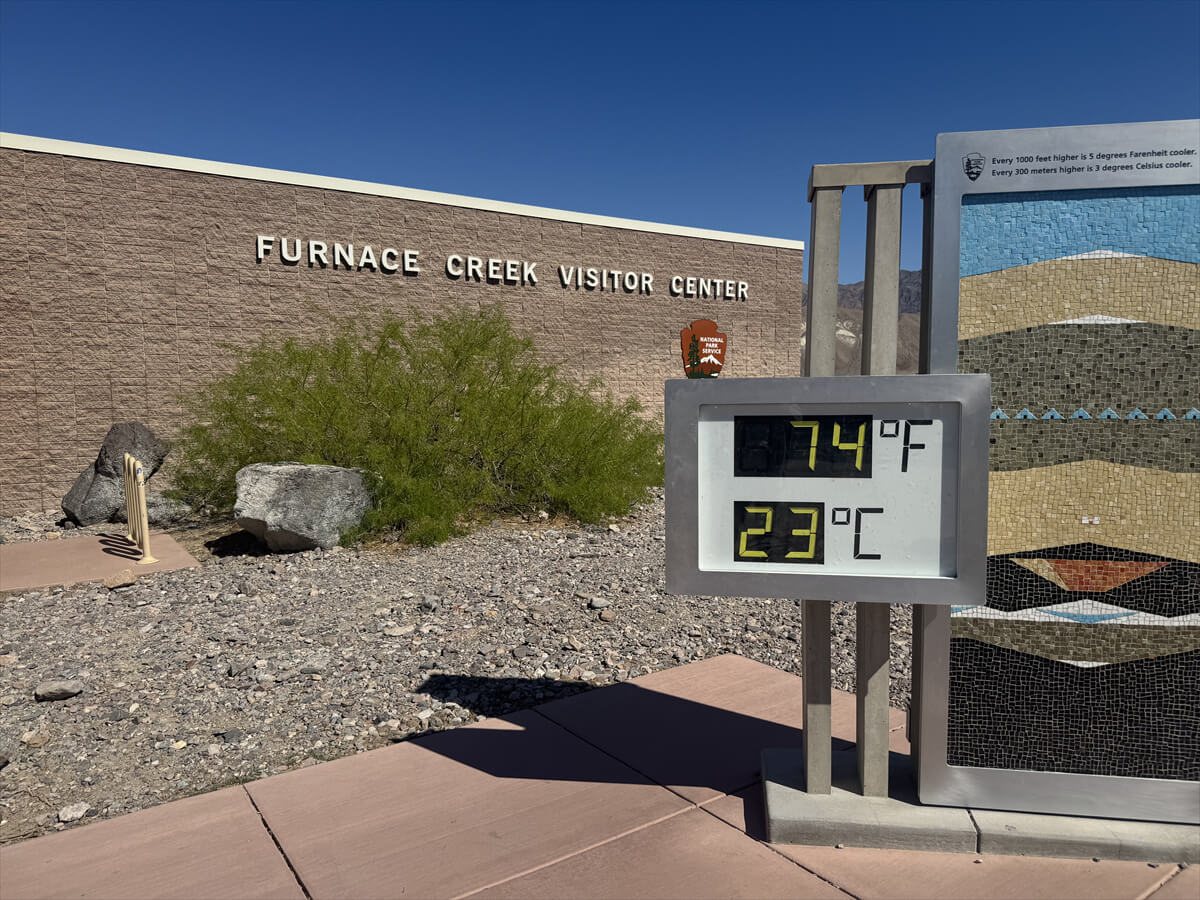
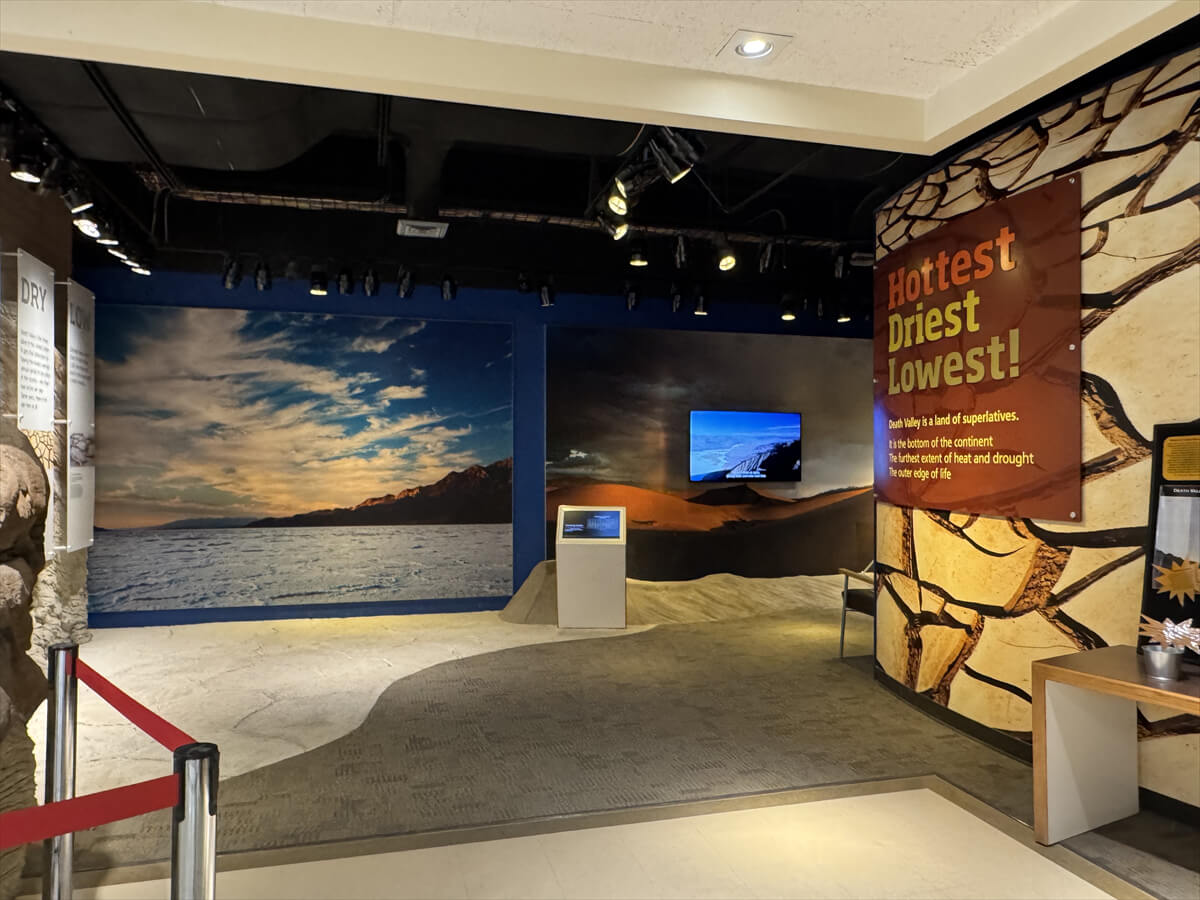
 Mt. Shasta Castle Craggs Trail is a sight to explore the majestic spires that rise over the area. [Can you die without walking?] Trip to American National Parks (43)]
Mt. Shasta Castle Craggs Trail is a sight to explore the majestic spires that rise over the area. [Can you die without walking?] Trip to American National Parks (43)] The Cathedral Lakes Trail is a special trail where you can enjoy quiet Yosemite. [Can you die without walking?] Trip to American National Parks (40)]
The Cathedral Lakes Trail is a special trail where you can enjoy quiet Yosemite. [Can you die without walking?] Trip to American National Parks (40)]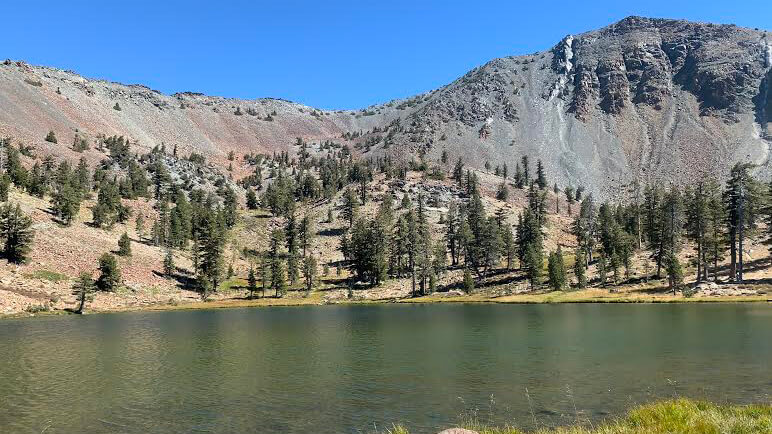 Can you die without walking? Trip to American National Parks (16) A huge panorama from the flowers and greenery, the lake and the summit. Mount Eddy Trail, the all-in-one Shasta peak
Can you die without walking? Trip to American National Parks (16) A huge panorama from the flowers and greenery, the lake and the summit. Mount Eddy Trail, the all-in-one Shasta peak The Upper Yosemite Falls Trail is the most spectacular trail filled with all the charms of Yosemite. [Can you die without walking! Trip to American National Parks (41)]
The Upper Yosemite Falls Trail is the most spectacular trail filled with all the charms of Yosemite. [Can you die without walking! Trip to American National Parks (41)]